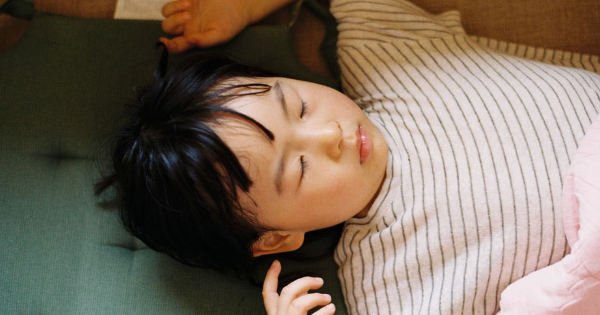
For kids, in particular, sleep apnea can cause learning, behavior, growth, and heart problems. But how do you know if your child has sleep apnea, and what can you do to treat it?
What are the signs of sleep apnea in children?
One of the most common signs your child has sleep apnea is that they snore. Snoring is caused when the muscles in the roof of your mouth, tongue, and throat relax. While snoring itself isn’t always an indication that something is wrong, it can be a sign that the muscles relaxing in the throat are obstructing your child’s airflow as they sleep.
Other symptoms of sleep apnea in kids include:
- Having a hard time waking up
- Falling asleep or being tired throughout the day
- Difficulty paying attention due to lack of energy
- Poor grades in school
- Chronic mouth breathing
Chronic mouth breathing is not only a symptom of sleep apnea but it can also cause its own problems. A child who is forced to breathe through their mouths due to a nasal obstruction caused by large tonsils, a deviated septum, or other issues may experience a shifting in their lower and upper jaws. This can cause an open bite skeletal pattern, a long lower face, or even an underdeveloped upper jaw.
Fortunately, seeking out the best orthodontists in your area can help to keep your child’s jaw in the right shape as they grow. Orthodontic braces and other treatments can help correct your child’s bite before it can cause pain or other problems. Most orthodontic treatments take between 18 months to two years to see the desired results.
How is sleep apnea in children treated?
The treatment for your child’s sleep apnea depends on the cause. For instance, if enlarged tonsils are causing your child’s sleep apnea, snoring, and mouth breathing, your child’s pediatrician may recommend removing the tonsils. Other sleep apnea treatment methods include the use of orthodontic expanders or oral appliance therapy (OAT) to expand the upper and lower jaws and improve breathing patterns.
If you suspect your child has obstructed sleep apnea, bring your child in to see the best orthodontist in Redwood City, Dr. Stephen Yang. Dr. Yang will help you determine the condition of your child’s obstructed airway and direct you to the proper resources for pediatric treatment. For more information, contact the best orthodontists at Yang Orthodontics today.

